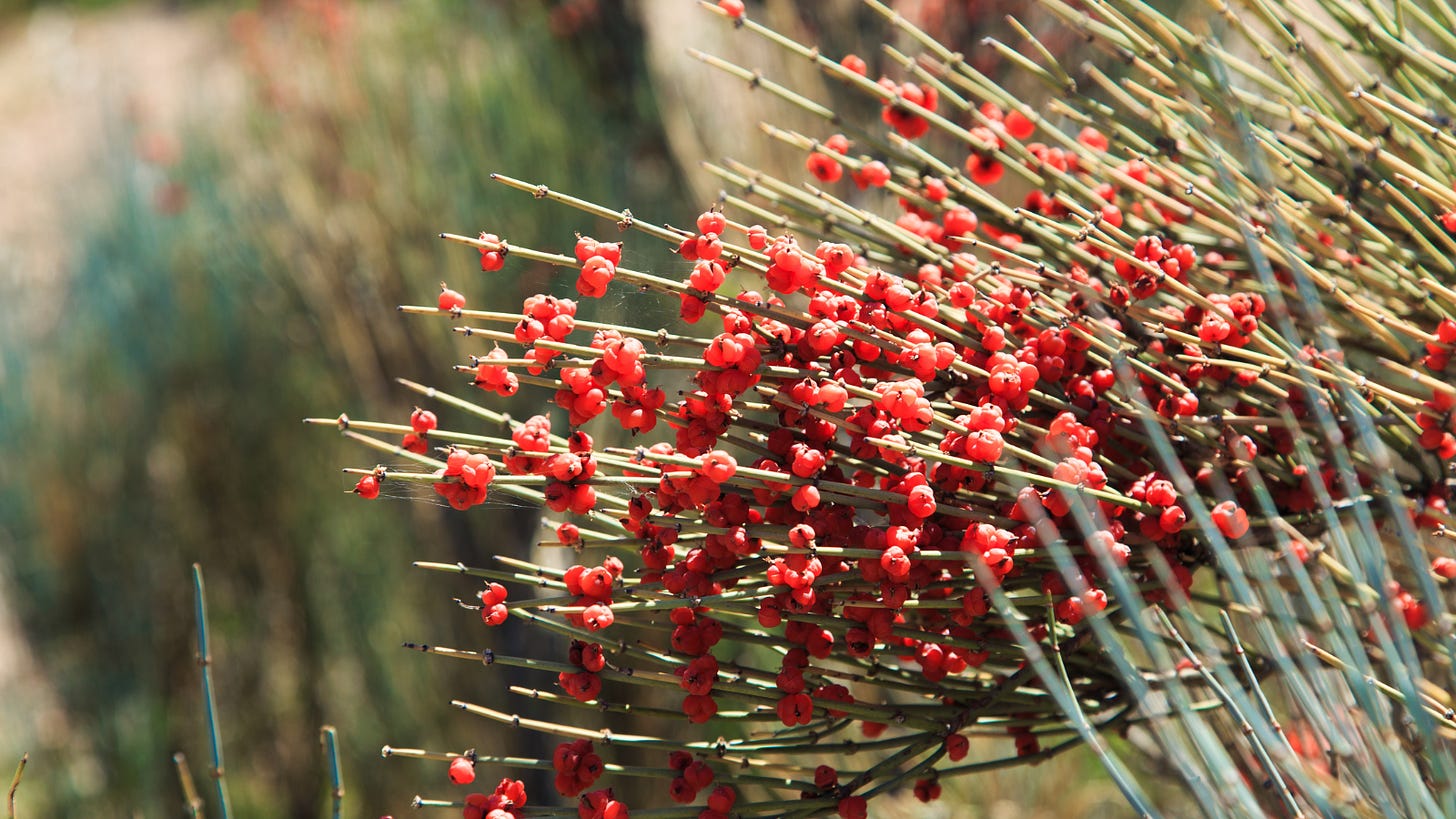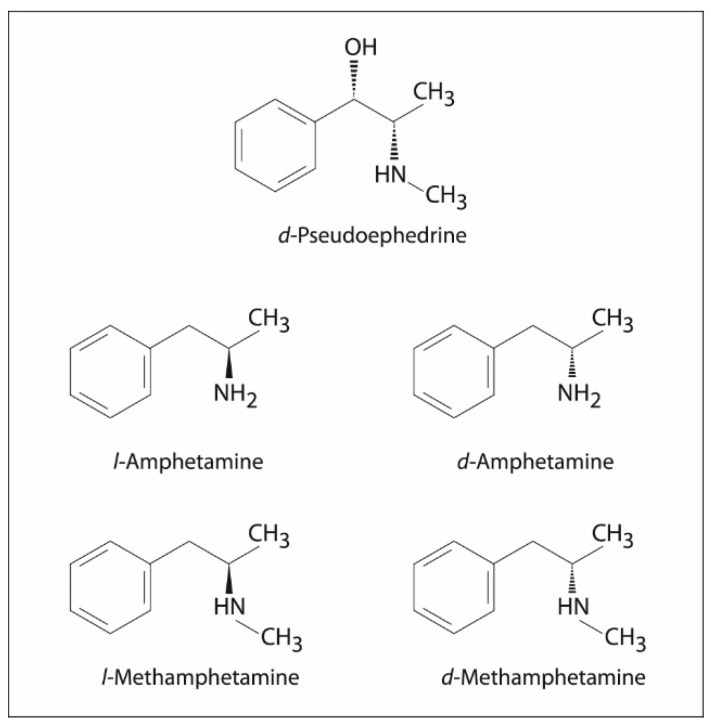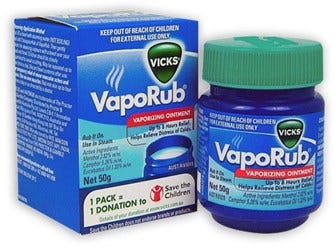Plant-derived medicines for cold and flu season
Last week, the FDA announced that a key ingredient in most cold medicines is ineffective. I examine ingredients originally derived from plants, which have been proven to alleviate cold symptoms.
Last week, the FDA announced what many folks (including myself) long suspected—that phenylephrine, touted as a nasal decongestant ingredient used in most over-the-counter cold and flu medications (pills, capsules and liquids) doesn’t actually work. If you’ve ever waited in the pharmacy line to present your driver’s license to get ‘the good stuff’ (cold medications containing pseudoephedrine), this is your time to feel vindicated over time spent on the wait!
What you may not be aware of, however, is that the ‘good stuff’—pseudoephedrine—is a plant-derived medicine. It originates from a plant with a history spanning over 5,000 years in Traditional Chinese Medicine and at least 2,000 years in medical traditions of the Middle East. Known as Ma Huang in China, this medicinal plant bears the scientific name Ephedra sinica and belongs to the Ephedraceae plant family.

How it Works
Pseudoephedrine comes from different types of Ephedra plants, most commonly from Ephedra sinica. It acts as a vasoconstrictor and helps to clear up stuffy noses and sinus congestion when you take it orally. Pseudoephedrine can reduce swelling and mucus, making it easier to breathe. Pseudoephedrine can also help with ear pressure problems you might experience when diving or flying.
A vasoconstrictor is defined as a type of medicine that can shrink blood vessels. In the nose, vasoconstriction shrinks the nasal membranes, the air passages open up, allowing one to breathe more easily.
When you take pseudoephedrine by mouth, it starts working pretty quickly, usually within about 30 minutes. It reaches its highest levels in your blood between 1 to 4 hours after you've taken it.
When to Avoid this Medicine
If you have heart problems like high blood pressure or artery issues, or have serious liver or kidney problems, you shouldn't take this drug. It's also not recommended for people with overactive thyroid, a specific type of eye problem called narrow-angle glaucoma, an enlarged prostate, diabetes, or if you're feeling extremely agitated. If you're taking certain depression medications known as MAO inhibitors now or have taken them in the past two weeks, you should also avoid pseudoephedrine. Pregnant or breastfeeding moms and kids under 2 should steer clear of it as well.
Want to learn more? This comprehensive review article offers a great in depth look at the risks and benefits of pseudoephedrine.
The Connection to Methamphetamine
There is a good reason why regulators moved pseudoephedrine-containing products behind pharmacy shelves and required registration of the quantity of drug purchased (tied to the consumer’s ID card): pseudoephedrine is an optical isomer of methamphetamine.
An optical isomer is defined as two or more forms of a compound which share the same chemical structure, but are mirror images of one another.
It is relatively straightforward for chemists to convert the medicinal compound pseudoephedrine into the illicit and highly addictive drug methamphetamine. Indeed, large-scale cultivation of the Ephedra plant is currently central to the crystal meth market in Afghanistan. Check out this article in C&EN from 2021 to learn more.

Importantly: pseudoephedrine is NOT the same as methamphetamine and you can safely use this medicine without experiencing any effects of the illicit drug crystal meth or developing any addiction to it.
Other Important Plant-Derived Medicines
Pseudoephedrine is certainly not the only plant-derived ingredient that aids us during the cold and flu season. Menthol, found in peppermint, is another crucial component in products like Vicks VapoRub™, cough drops, and steam inhalation treatments used to ease breathing. Additionally, aspirin, which originates from plants such as the willow tree and meadowsweet, serves to alleviate pain and reduce fever.
The Takeaway
Plants are not merely important sources of medicine in herbalism or in systems of complementary and alternative medicine. Indeed, both over-the-counter and prescription medications often contain ingredients originally discovered in medicinal plants. If you happen to fall ill with cold or flu symptoms this fall, my first wish is for your swift recovery. Secondly, I invite you to consider the origin of your relief; you likely have a plant to thank for it.
Yours in health, Dr. Quave
Cassandra L. Quave, Ph.D. is a scientist, author, speaker, podcast host, wife, mother, explorer, and professor at Emory University School of Medicine. She teaches college courses and leads a group of research scientists studying medicinal plants to find new life-saving drugs from nature. She hosts the Foodie Pharmacology podcast and writes the Nature’s Pharmacy newsletter to share the science behind natural medicines. To support her effort, consider a paid or founding subscription, with founding members receiving an autographed 1st edition hardcover copy of her book, The Plant Hunter.
Available in hardcover, paperback, audio, and e-book formats!







